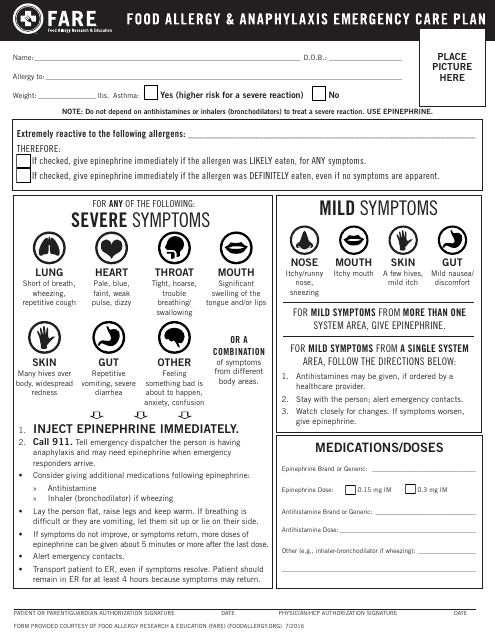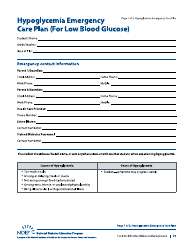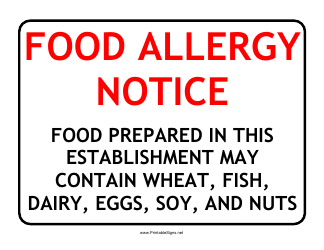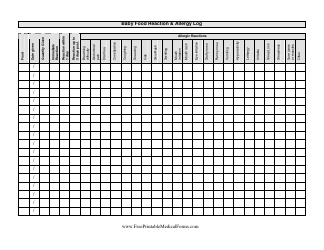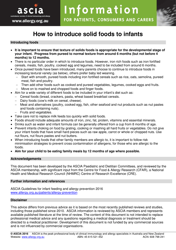Food Allergy & Anaphylaxis Emergency Care Plan
The Food Allergy & Anaphylaxis Emergency Care Plan is used to help manage and respond to food allergies and anaphylaxis emergencies. It provides guidance on how to recognize symptoms, offer treatment, and seek medical assistance if needed. It is designed to ensure the safety and well-being of individuals with food allergies.
The Food Allergy & Anaphylaxis Emergency Care Plan is typically filed by the individual who has the food allergy and their parents or guardians if applicable.
FAQ
Q: What is a food allergy?
A: A food allergy is an immune response to a specific food.
Q: What is an anaphylactic reaction?
A: Anaphylaxis is a severe, potentially life-threatening allergic reaction.
Q: What is a food allergy & anaphylaxis emergency care plan?
A: It is a written plan that outlines steps to be taken in case of a food allergy or anaphylactic emergency.
Q: Why is a food allergy & anaphylaxis emergency care plan important?
A: Having a care plan can help ensure prompt and appropriate treatment during an emergency.
Q: What should be included in a food allergy & anaphylaxis emergency care plan?
A: It should include information about the person's allergies, symptoms of an allergic reaction, emergency contact information, and steps to take in case of an emergency.
Q: Who should have a food allergy & anaphylaxis emergency care plan?
A: Anyone with a food allergy or a previous history of anaphylaxis should have a care plan, especially if they regularly come into contact with allergens.
Q: How should a food allergy & anaphylaxis emergency care plan be shared?
A: It should be shared with the person's healthcare provider, school personnel, caregivers, and anyone who may need to provide emergency treatment.
Q: What steps should be taken in case of an anaphylactic emergency?
A: The steps may include administering epinephrine, calling 911, and seeking immediate medical attention.
Q: What are common symptoms of an allergic reaction or anaphylaxis?
A: Symptoms may include hives, swelling, difficulty breathing, wheezing, dizziness, or a drop in blood pressure.
Q: How can a food allergy & anaphylaxis emergency care plan be updated?
A: The plan should be reviewed regularly with the person's healthcare provider and updated as needed.
